NATURE NEWS

For nature, people and the planet Autumn 2022
In this edition:
Building evidence for nature recovery

Research on offshore wind developments
Environmental impacts of consumption Delivering CITES CoP19















For nature, people and the planet Autumn 2022
Building evidence for nature recovery

Environmental impacts of consumption Delivering CITES CoP19















Welcome to the Autumn Edition of Nature News which covers a wide range of our activities across land and sea with partners in the UK, the UK Overseas Territories and around the world.
Long-term monitoring and surveillance schemes are the bedrock of our work, building our evidence base and supporting our advice to policy makers on nature recovery. Thousands of volunteers are involved in our schemes, harnessing people for nature and nature for people. Over the past twelve months we’ve revamped long-established schemes, formed important new partnerships and delivered exciting developments to improve the quality of data.
I’m proud of the scope of our work to make a difference for nature and our core role to advise on developing policy both here in the UK and overseas, from dedicated workshops where we share our expertise to major events on the international stage.
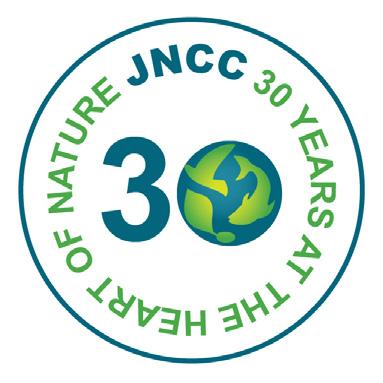
We have colleagues who have taken part in key discussions on policy at the 19th meeting on the Conference of the Parties to the Convention on International Trade in Endangered Species of Fauna and Flora (CITES) in November. We also provide our expertise as part of the UK’s delegation in December for the 15th meeting of the Conference of the Parties to the UN Convention on Biological Diversity (CBD COP15).
We have led the development of the first ever indicator on UK consumption to measure how the choices in food and drink link to the loss of biodiversity, water use and other global environmental impacts. This valuable tool has been identified as a potential headline indicator for COP15 to consider adopting.
We are bidding farewell to our Chief Scientist, Professor Christine Maggs, as she sets off on her new adventures. All of JNCC are grateful to Christine for the improvements she has made both to our science and our structure. Christine has championed inclusion and always valued people over process. We shall miss her and wish her fare winds and calm seas on her next voyage.
In 2023, we move our Head Office from Monkstone House to a government agency office in Peterborough. We’re looking forward to sharing with colleagues in the Environment Agency and Natural England.
I hope you enjoy reading about our work to turn science into action for nature, people and the planet.
JNCC works across land and sea with partners in the UK, the UK Overseas Territories and around the world. For over 30 years our trusted expertise, dedication and skills have strengthened nature conservation and we are working in collaboration to drive nature recovery.
We are for nature, for people and the planet
Since 1986, when the Seabird Monitoring Programme (SMP) was formed by JNCC (then the Nature Conservancy Council) and The Seabird Group, JNCC has coordinated the collection, collation and analysis of seabird data from hundreds of skilled participants. These data and statistics have provided insights into the status and trends of our breeding seabirds and, alongside national censuses, have been crucial for informing conservation actions. The SMP Report delivers annual statistics and the SMP Database allows access to tens of thousands of records from coastal and inland colonies.
On 1 July 2022 we formed a new partnership with the British Trust for Ornithology (BTO) and Royal Society for the Protection of Birds (RSPB) for future funding and management of the SMP. BTO is now leading day-to-day coordination of the scheme, supporting the network of skilled volunteer and professional participants, collating data via the SMP Database, and producing statistics.
This new partnership provides increased opportunity to grow the network and develop the scheme, drawing on BTO’s expertise in running bird monitoring projects. Organisations involved in the scheme in the past will form an important Advisory Group that will help guide development, and collaboration on long-term demographic monitoring at the four SMP Key Sites will continue.

Tim Dunn
Seabird Monitoring Manager tim.dunn@jncc.gov.uk
Visitors to Peterborough Museum have learnt about JNCC’s work and the impacts of international trade in wildlife as part of the museum’s Extinction exhibition (June - November).
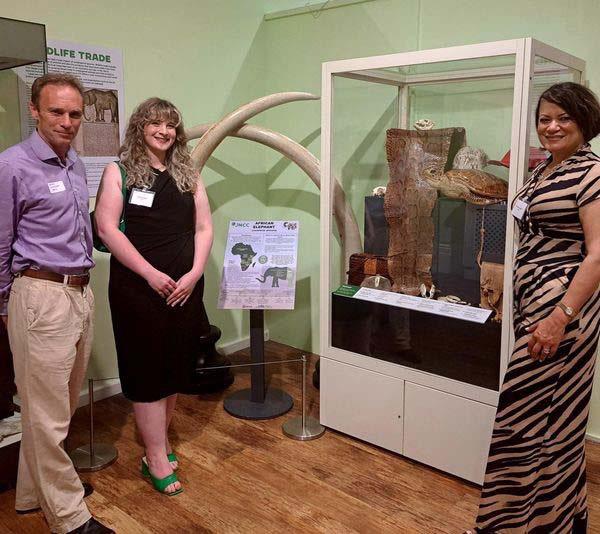
We provide scientific advice to the UK Government on CITES (the Convention on International Trade in Endangered Species of Wild Fauna and Flora), and advise on over 20,000 UK licence applications annually for trade in CITES-listed species.
CITES protects over 35,000 species of animals and plants. The exhibition highlighted work to prevent unsustainable exploitation caused by international wildlife trade, featuring confiscated products, including elephant tusks, skulls and products made from skins. The elephant tusks donated by JNCC will form a permanent feature in the museum.
The latest annual report from the Breeding Bird Survey (BBS), incorporating the Waterways Breeding Bird Survey, calculates population trends for 118 bird species in the UK, providing key data for identifying changes in nature and understanding the effects of different management decisions. The BBS is a UKwide project, funded by the British Trust for Ornithology (BTO), Royal Society for Protection of Birds (RSPB) and JNCC, to monitor changes in the breeding populations of the UK’s common bird species. The survey is carried out by over 2,500 volunteer birdwatchers.
In September a team of UK-based pollution response experts from JNCC, the Maritime and Coastguard Agency (MCA) and the Centre for Environment, Fisheries and Aquaculture Science (Cefas), delivered the workshop ‘Marine Pollution Response: preparedness and best practise from the UK’, with Peruvian Governmental authorities.

This 4-day workshop brought together over 50 representatives from Peruvian environment, fisheries and coastguard sectors, including officers from the Minister of Environment, the National Park Service and coastal municipalities. With the support of colleagues from British Embassy in Lima, the UK delegation shared lessons learned from historic UK incidents and discussed key legislation and preparedness principles to ensure an effective and timely response to marine pollution incidents.
The workshop also covered a range of topics including response options, use of satellite and drone technology, socio-economic impacts of spills, evaluating impacts to marine birds and marine mammals, postspill monitoring and hydrocarbon analysis and fingerprinting. It also included presentations from UK Deputy to the Secretary of State’s Representative for Maritime and Salvage, and sessions from oiled wildlife response organisation Aiuka.
The workshop concluded with a table-top exercise in which lessons learned from the previous days were tested and cemented. After this workshop, the UK team will prepare a ‘Recommendations for better Readiness’ report to hand over in the next few months. This will include comments on Peru’s National Contingency Plan and key gaps in preparedness as identified in the workshop (and shared from Peru agencies).
The
GravesMarine Management Co-Team Leader bethany.graves@jncc.gov.uk
"The oil spill off Lima was a wake-up call. But it’s one the Peruvian government is responding to, in both managing the aftermath of the disaster and thinking longerterm. The UK is proud to be supporting this alongside our broad environmental work in Peru. British expertise has a huge amount to offer – especially in the use of technology – and we look forward to continuing to share practice and drive change.” TheBritish Ambassador to Peru, Gavin Cook
Members of JNCC’s International Advice Team (IAT) were busy preparing for the 19th meeting of the Conference of the Parties (COP19) to the Convention on International Trade in Endangered Species of fauna and flora (CITES), scheduled to be held in Panama City, Republic of Panama, from 14 to 25 November 2022.

The event brought together nearly four thousand people, including government officials from the 183 signatory countries to CITES, experts, trade representatives, non-government organisations and local, national and international organisations that work on conservation, biodiversity and the environment.
The Conference of Parties meets for two weeks every 2-3 years and is the major decision-making body, considering proposals to review or change the regulations that govern international trade in specific species. It adopts Decisions and Resolutions to improve implementation of the Convention and agrees a budget. Unlike many of the other multilateral environmental agreements that work by consensus, decisions require a two-third majority agreement (by the Parties), and often go to a vote.
This time a total of 90 working documents and 52 species proposals were submitted by Parties for consideration, including amendments to existing listings for hippopotamus, white rhinos and African elephants, rosewoods and other timber species. There were also proposals for new listings of some slightly more unusual species, including the Chinese water dragon, glass frogs (Centrolenidae spp.), the Lao warty newt and species of sea cucumber.
Several important commercially-exploited aquatic species were proposed including more Hammerhead sharks (Sphyrnidae spp.), guitar fish (Rhinobatidae spp.), and the UK co-sponsored a proposal to list all requiem sharks (Caracharhinidae spp.) on Appendix II. If these new proposals are adopted, they will set new challenges and opportunities for Parties in ensuring that trade is legal, sustainable and traceable. In this regard the UK also submitted a document on the making of non-detriment findings for specimens of Appendix II species taken in the marine environment not under the jurisdiction of any State.

Other topics supported by the UK for consideration at CITES COP19, aimed at improving implementation and effectiveness of the Convention, included:
• Conservation of and trade in Pangolins (Manis spp.).
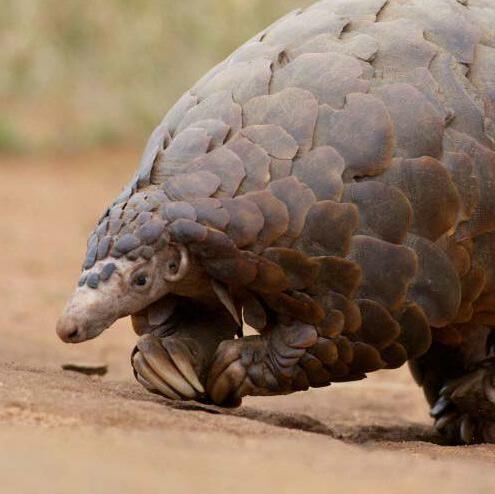
• Proposal submitted by the United States of America: Seahorses (Hippocampus spp.) on CITES –next steps toward successful implementation of Appendix II.
• Proposal submitted by the European Union and its Member States and the People’s Republic of China: to include Rhodiola spp. (Stonecrops) in CITES Appendix II. This is a diverse genus of perennial herb where international demand is projected to increase following recent clinical trials that show it can treat the effects of fatigue, sleep disorders and depression.
The CITES advisers within the IAT reviewed all of the proposals to help inform the UK negotiating positions. For more information, see the COP19 dedicated webpage
• CITES’ overall goal is that trade in CITES-listed species should be legal, traceable and sustainable.
• CITES has three Appendices, listing species according to the degree of protection they need in terms of regulation of international trade. Listing on Appendix I means that all international commercial trade in specimens of the species concerned is prohibited. Trade in species in Appendix II is regulated by a permitting system and needs evidence that the international trade is sustainable and not detrimental to the survival of the species in the wild. Parties can unilaterally ask for species to be listed on Appendix III when they want to track their international trade and be able to monitor the effects on the species.
• Four representatives from JNCC formed part of the UK delegation in Panama and two members of staff were seconded to the CITES Secretariat's team of rapporteurs for the duration of the meeting.
Alison Littlewood Co-team leader of International Advice Team and Head of UK CITES Scientific Authority (fauna) alison.littlewood@jncc.gov.uk
The COP19 logo, designed by the host country, shows the American continent as an important area for wildlife, both terrestrial, marine and aquatic. The logo incorporates several key species for the region, including the almendro tree (Dipteryx panamensis) which Panama would like to see uplisted to Appendix II.
Images: Grey reef sharks © Kelvin Gorospe | Pangolin (Manis temminckii) © David Brossard shared under Creative Commons licensing: creativecommons.org/licenses/by-sa/2.0/
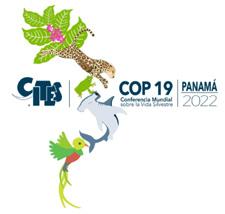
JNCC leads the work of the Joint Cetacean Data Programme (JCDP), initiated to help overcome some of the obstacles we face in improving the evidence base for whales, dolphins and porpoises, collectively known as cetaceans. The vision of the JCDP is to ‘promote and facilitate cetacean data standardisation and maximise value through collation and enabling of universal access’.
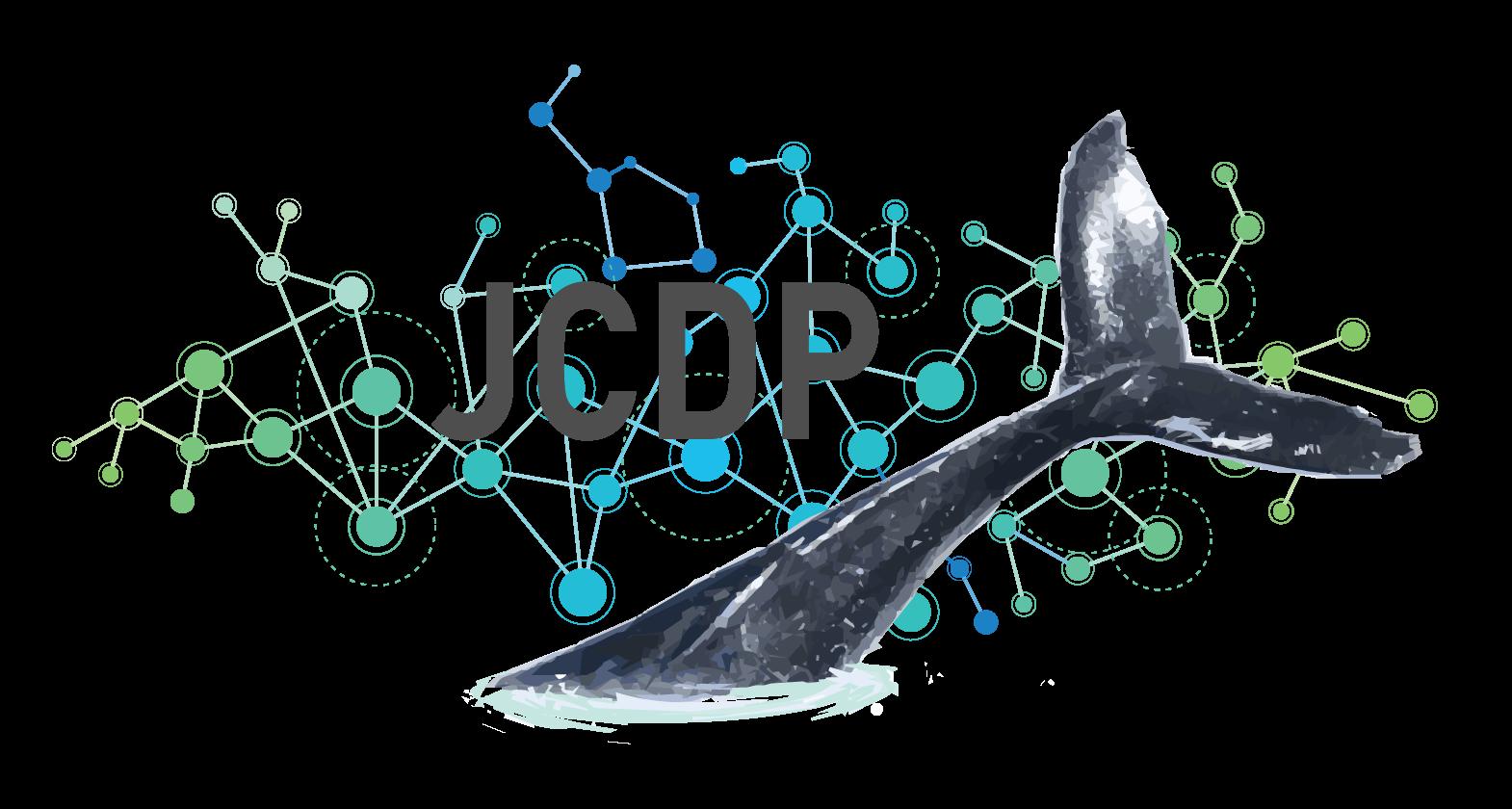
Collecting data on cetacean species is challenging, requiring specific techniques, equipment and training. These animals spend only a tiny fraction of their existence at the sea surface where they are visible to us. They have complex life histories, can be elusive, are often wide-ranging in nature and in some cases, particularly deep-diving species, are mainly found in offshore waters. A range of techniques to collect data on cetacean species has been established and refined: mark-recapture in the form of photo identification using unique marks and patterns on their skin; acoustic monitoring for their vocalisations under water; and specialised effort-related observation surveys such as at-sea transect surveys from ships and aircraft. We rely on these data to underpin research and inform conservation and management action for cetacean species in the Northeast Atlantic.
However, these data are resource heavy, time consuming and expensive to collect. To maximise the value and impact of these data, it is essential that they are standardised in format and made as widely accessible as possible. The JCDP Platform aims to facilitate this.
Collating
However, the process to bring these data together has often been long-winded and labour intensive. To facilitate collation of effortrelated cetacean survey data, the JCDP has developed a data standard whereby data collected from these types of surveys can be processed into a standard format which ensures data quality and consistency. The data standard has been adopted by the Marine Environmental Data and Information Network in the UK, and the JCPD team is working with stakeholders across sectors and industries to maximise the impact and benefit of this exciting programme.
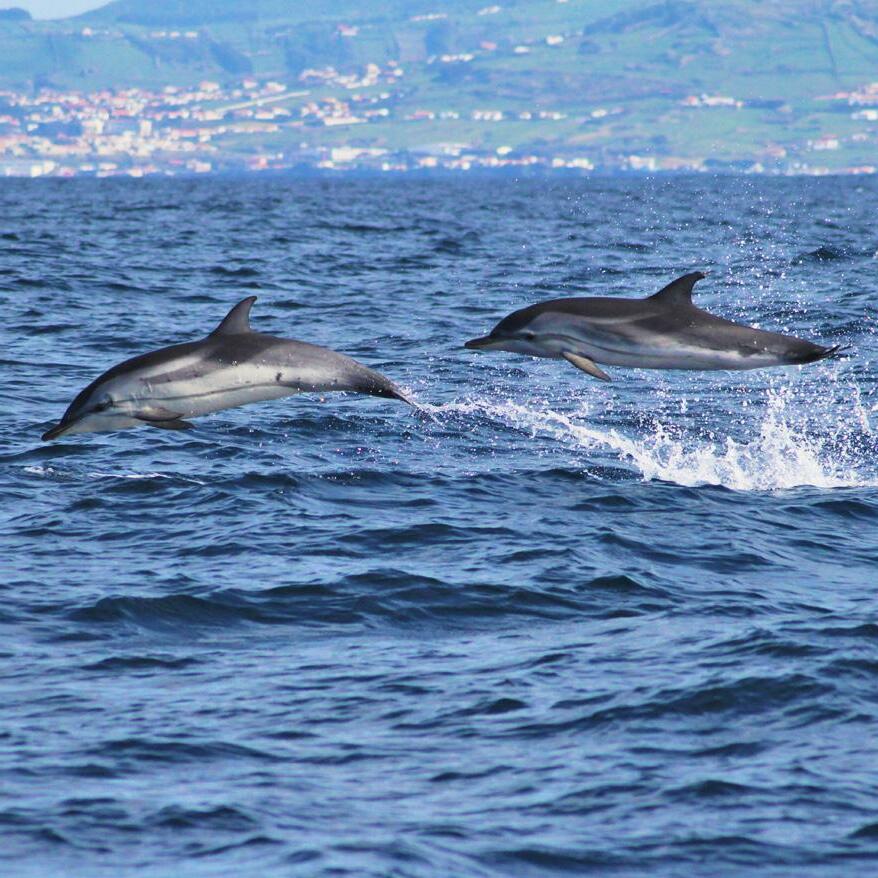
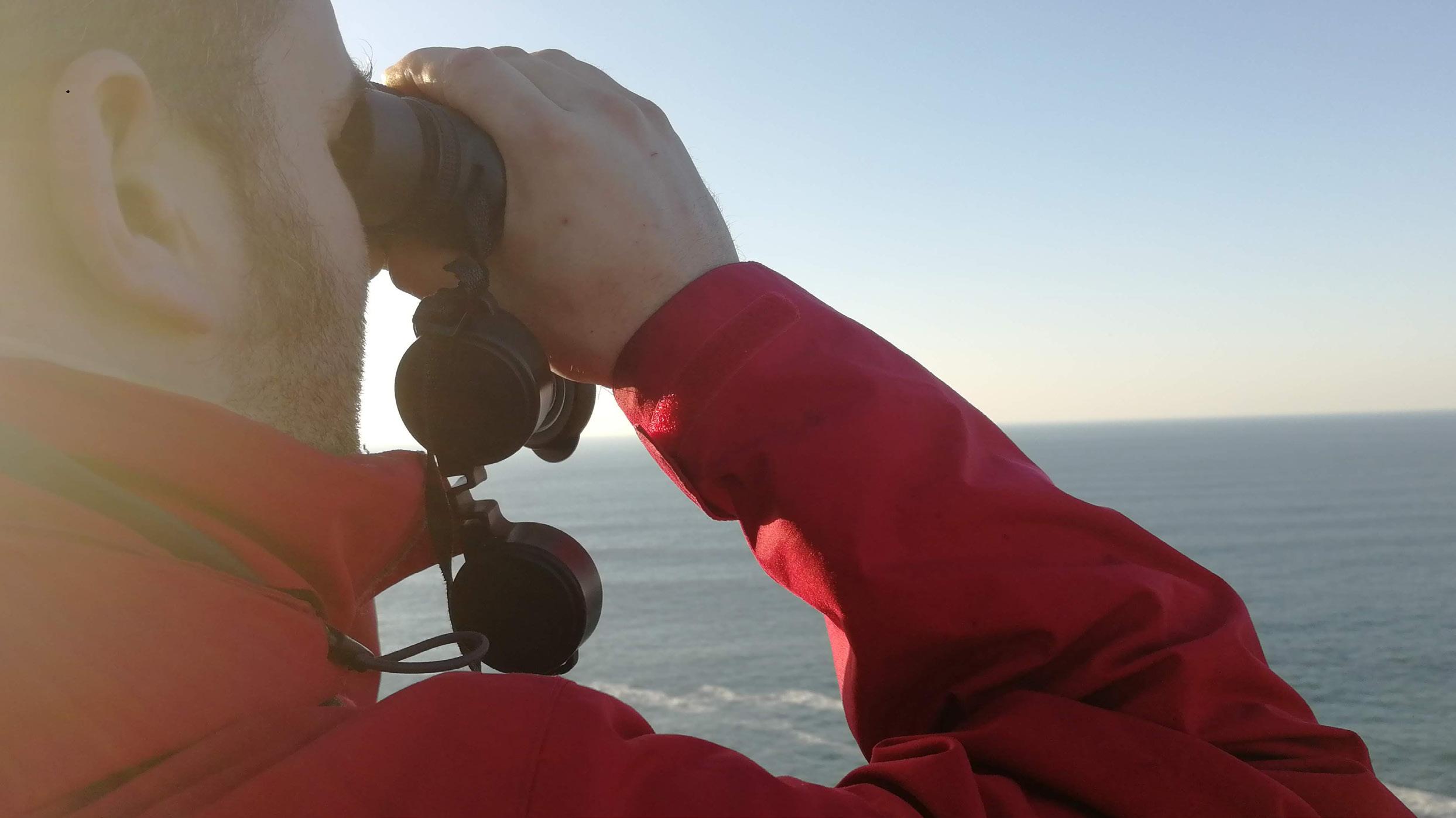
Together the JCDP data standard and the online JCDP data portal provide data collectors with the ability to standardise the quality of their hard won data increasing the value, as well as offering a central data centre where data can be stored long-term, and provide data users with the ability to search, filter and download from this growing resource. Thank you to everyone who has been involved in the development of this exciting programme!
The JCDP is a collaborative programme led by JNCC, governed by the ICES Working Group on the Joint Cetacean Data Programme (WGJCDP), and supported by stakeholders from a wide range of sectors with representatives from across the north-east Atlantic.
For more information, please contact the JNCC JCDP team – marinemammals@jncc.gov.uk
Niki ClearMarine Mammal Adviser niki.clear@jncc.gov.uk
Nikki Taylor Senior Marine Species Adviser nikki.taylor@jncc.gov.uk
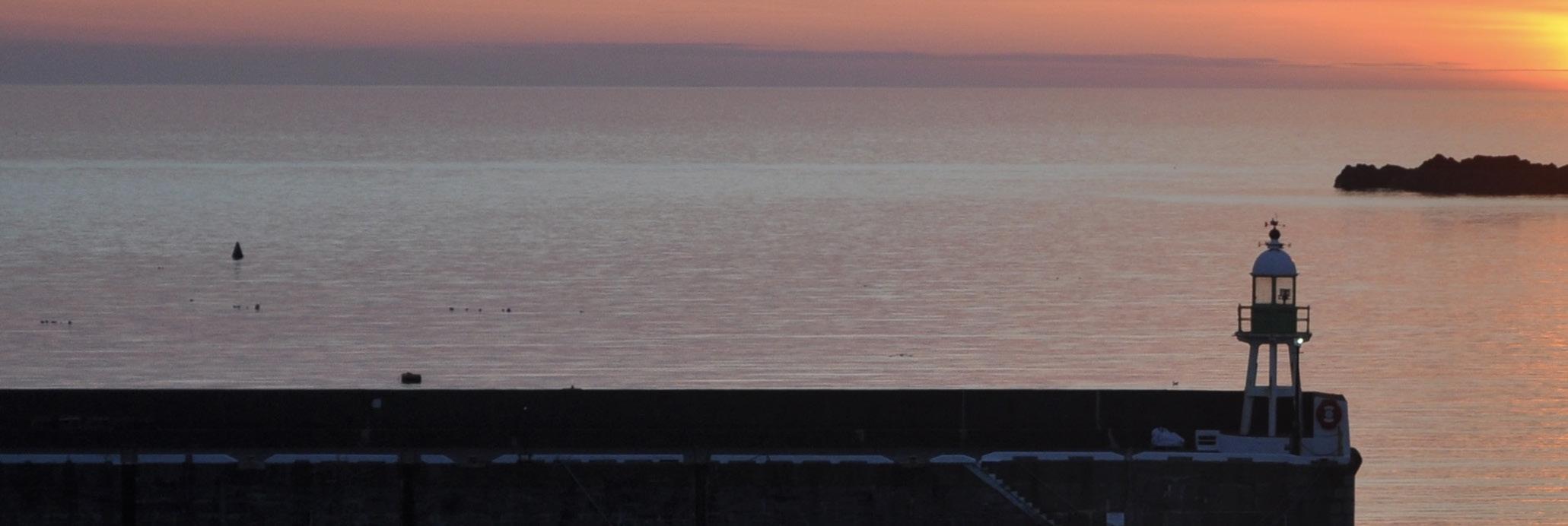
I’ve always spent lots of time outside and been interested in boats and water, even though I lived nowhere near the sea. It’s cliched, but documentaries like the Undersea World of Jacques Cousteau inspired my interest, especially in the marine environment. As a teenager I volunteered on the Basingstoke Canal, clearing scrub as part of restoration work.
I was a late starter in pursuing my interest in biology, focusing on my academic strengths in maths, stats and physics. My conversion happened at sixth form college when marine biology at University of Liverpool beckoned. To get there I had to cram biology and chemistry O Levels into six months before starting the relevant A levels. In my final year at Liverpool Uni I moved to the Marine Biological Station at Port Erin on the Isle of Man, later Port Erin Marine Lab (PEML), which sadly closed in 2006. I stayed to do a research assistantship funded by the Isle of Man Government and a part-time PhD, which involved setting up the Isle of Man's first 'closed area' to scallop dredging. This has now expanded as Port Erin Marine Nature Reserve, one of ten MNRs around the Island. The work involved a lot of boat-time and SCUBA diving as well as building rope systems to farm scallops.
The internet made an early appearance in the academic environment and I had my first experience at PEML with Gopher, the text based system of navigating the internet and NCSA Mosaic, one of the earliest graphical web browsers. I also created and ran the first computer network for the staff Macintosh computers at the lab, in exchange for access to their printer and hard disk upgrade for my laptop.
I left the Isle of Man for my first 'proper job' as a marine survey officer for the National Rivers Authority, later the Environment Agency (EA), working mainly up and down the east coast of England. I loved living aboard the boat during the week, with occasional trips to my office base in Peterborough.
As well as taking water samples and grabs of the seabed sediment, a lot of the data collection was electronic and I produced maps of basic water parameters and nutrient concentrations along the coast. Sensitive electronic kit has a hard time on a small boat so I became adept at doing running repairs while at sea, combining my interests in marine biology and computing.

Eventually there seemed to be more opportunities in IT than in marine biology. I was successfully selected for one of 20 places on an in-house training scheme, to bring people with knowledge of the business into IT. I worked on telemetry as part of flood warning schemes, IT technical support and helping to create the EA's first intranet.
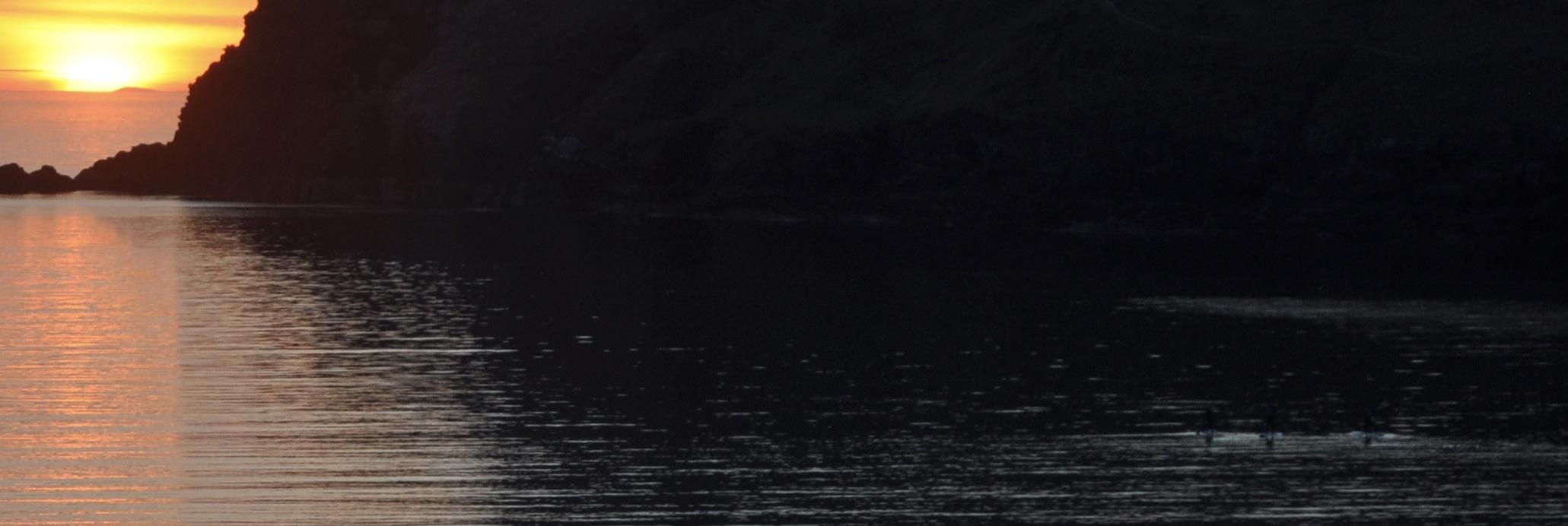
After a chance meeting with another exLiverpool marine biologist, Steve Wilkinson, I joined JNCC in June 2001 with the unlikely title of 'Biodiversity WWW developer'. Although my remit was not exactly marine biology, conservation and biodiversity were the context within which I could use and develop my technical and programming skills.
Since then I've changed roles multiple times within the team, doing less technical work and more project management, data protection, cyber security and now coleading the Digital and Data Solutions Team (DDS).

The DDS team works across all teams and at all levels to underpin JNCC. We not only ensure that teams have the 'tools for the job' in terms of IT equipment and provide all the behind the scenes services that any significantly sized organisation needs, but we also support teams with specialist technical help: software programming, data engineering, information management and technical project management.
During my time JNCC has doubled in size and developed many innovative areas of work, for example analysis and application of earth observation data, and we've worked hard and collaborated closely internally and externally to help make things happen.
Key achievements include the development of cloud based computing, and the use of national computing infrastructure for satellite data processing and storage. We’ve had multiple iterations of the JNCC and other websites to keep pace with an expanding organisation, each time harnessing improving technology to deliver web content and make it more accessible.
Our work is often unseen but critical for the business. JNCC’s analysis and evidence work depends on easy access to quality data and computing resources, which are increasingly likely to be cloudbased; developing innovative ways of delivering those facilities is part of the challenge. I’m working closely with my co-lead Carl Clienti on the move of our head office in Peterborough next year. A lot of groundwork is already in place, and there’s more to do to deliver a seamless transfer for other teams while maintaining information and cybersecurity.
Dr Ulric Wilson Digital and Data Solutions Team Co-Team Leader ulric.wilson@jncc.gov.ukMost of us will have seen the upsetting images of seabirds dying from avian influenza this summer. The virus circulates naturally in wild birds, typically causing little harm, but since the late 1990s highly pathogenic (HPAI) variants that can lead to death have emerged due to interactions between wild birds and poultry. In autumn 2021 a new variant of the H5N1 sub-type of HPAI emerged and spread quickly into the UK, most notably causing a mass mortality event in Svalbard Barnacle Geese over winter, when over 30% of the global population died.
In March/April 2022, our migratory waterbirds started departing for northern breeding grounds and it’s likely that some carried HPAI to northern Scotland. Shetland’s seabirds were the first to be reported dying, but the disease spread into colonies throughout Scotland, parts of England, southwest Wales and Northern Ireland and it has been confirmed in 17 seabird species.
The virus spreads mainly through contact between birds, but also through contaminated surfaces and freshwater. Different species have distinct sensitivity and exposure varies between colonies so overall patterns of mortality have been mixed. However, Great Skuas are especially vulnerable, with losses of up to 85% in some areas; this is worrying because the UK hosts 60% of the global population. Gannets have also been badly affected in some colonies, like Bass Rock.
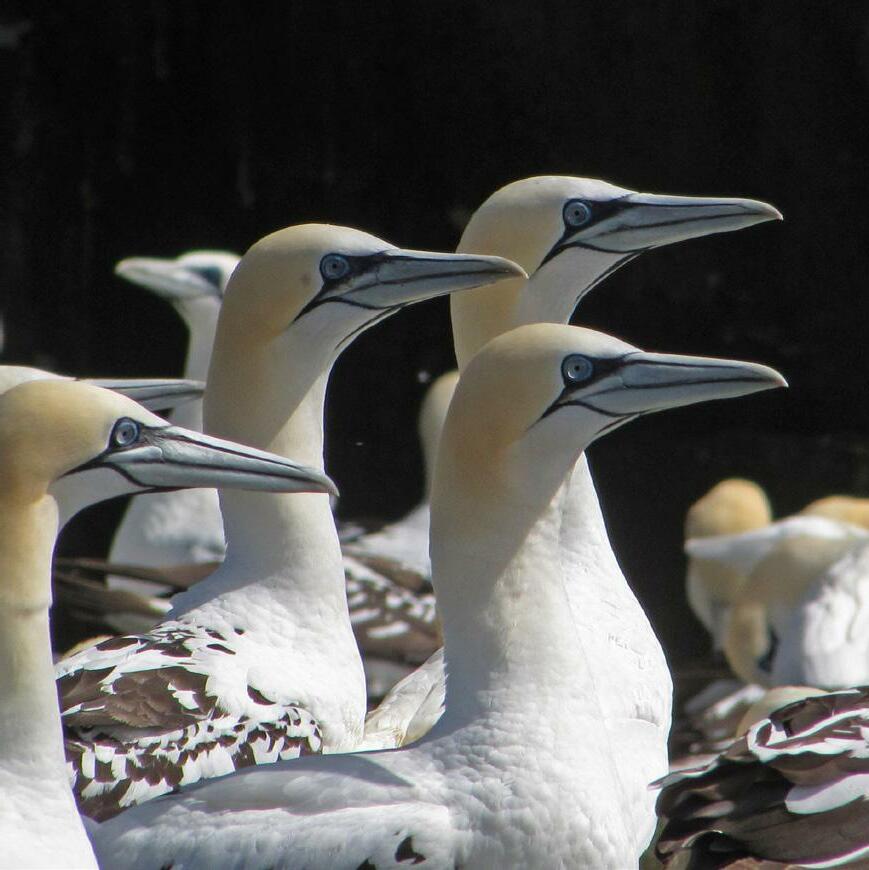
Bird flu is a notifiable disease of livestock, and the Animal & Plant Health Agency (APHA, Defra) runs a testing service, with a public helpline to report suspected cases. Not all birds are collected as the purpose is to establish locations and species affected to inform risk assessment for kept birds. Alongside this, the statutory nature conservation bodies each set up a network of skilled staff and volunteers to collect data on mortality in seabirds. These data provide valuable insights into locations and species affected but provide useful estimates of mortality for only a few species, and monitoring of live birds remains the best way to assess impact.
The British Trust for Ornithology (BTO)/JNCC Seabird Monitoring Programme and additional surveys next summer will give us a better picture, and the 2015-2021 national census, Seabirds Count, to be published in 2023, will provide a robust baseline to judge change. Impacts from HPAI will need to be considered alongside other pressures on seabirds as conservation approaches are implemented.
Soon after the outbreak in seabirds began, each country established HPAI working groups to develop responses, and these groups have shared experiences and developed guidance (for example see the NatureScot bird flu webpages). Unfortunately, there are very few interventions that can stop the spread of HPAI, but some steps were taken such as closure of some islands to the public, removal of dead birds in some places, and reducing disturbance from monitoring activities. As we transition into autumn attention will return to migratory waterbirds and the likelihood that bird flu will surge again.
LINKS:
https://www.gov.uk/guidance/avian-influenza-bird-flu https://www.nature.scot/doc/avian-influenza-bird-flu https://www.bto.org/our-science/projects/seabird-monitoring-programme https://jncc.gov.uk/our-work/seabirds-count/
In June the Marine Management team was involved in the UK’s National Contingency Plan (NCP) ‘Exercise Phoenix’. Its aim was to test the response to an emergency marine pollution incident under the new hybrid working conditions. The exercise focused on an oil pollution incident with a continually escalating scenario at an oil and gas platform located west of Shetland.


The two-day exercise kicked off with a call to JNCC’s Duty Officer just before 09:00, informing us of an ‘incident’ involving a collision of a vessel with an offshore platform. By 10:00 the vessel had ‘sunk’. We then received reports of crude oil on the sea surface from the platform, and it was revealed that the subsea storage tank (containing up to 50,000 m3 of crude oil) had been punctured.
It was a busy day for the Duty Officer, taking regular calls from Marine Scotland as well as updates from the operator, and spearheading JNCC’s contribution to the Environment Group (EG), which is part of the UK’s offshore response protocol for at-sea incidents that may impact on the environment or public health.
JNCC is responsible for providing advice and maps showing potential offshore environmental sensitivities, including nearby Marine Protected Areas (MPAs), marine mammals and seabirds. We work closely with the other members of the EG, including NatureScot and Marine Scotland, to provide advice on the environmental issues, including the potential use of dispersants as part of the response. The main concern was oil moving towards the coastline of Shetland, which is particularly sensitive for breeding seals and seabirds. The exercise takes place in real-time, and so this was all complicated by the outbreak of avian flu that hit our seabird populations hard this summer.
Additional team members were involved, acting as ‘Environmental Liaison Officers’ to other units or cells formed in response to the incident, as well as representing JNCC in the post-spill monitoring effort as part of the Scottish Evidence Response Group (SERG).
It was a busy two days for JNCC’s pollution response duty team. However, it was an excellent opportunity to practise our response in a safe but realistic environment and iron out any kinks in our own processes and procedures. It was also great to work closely with colleagues in similar roles in other organisations, helping to build links should a real incident ever occur.
Doug Stewart Offshore Industries Advice Manager doug.stewart@jncc.gov.uk
It’s easy to think of the destruction of rainforests as a distant problem, but in our interconnected world, we are never more than a few links away. Commodities produced on deforested land are shipped all over the world, alongside responsibility for the impacts they have had. This might include soy for animal feed, coffee for the morning caffeine boost, palm oil for… well, almost everything really.
Until now we haven’t had a way to measure the associated environmental impacts of this overseas consumption. Thanks to work led by JNCC a new dashboard shines a light on such links, estimating not just tropical deforestation, but also biodiversity loss, water use and other environmental impacts linked to consumption across a range of countries. Understanding how and where impacts are taking place allows us to seek more sustainable solutions.
The tool assesses these impacts using trade modelling to estimate the supply chains of commodities, even when ‘embedded’ (used as an input, such as animal feed, or ingredient) into more complex products which would not otherwise be picked up in bilateral trade data. It is the culmination of several years’ worth of work led by JNCC and commissioned by the Department for Environment, Food and Rural Affairs (Defra), with analyses undertaken by the Stockholm Environment Institute (York). Additional support towards developing the dashboard was also provided by Trase and the GCRF Trade Hub.
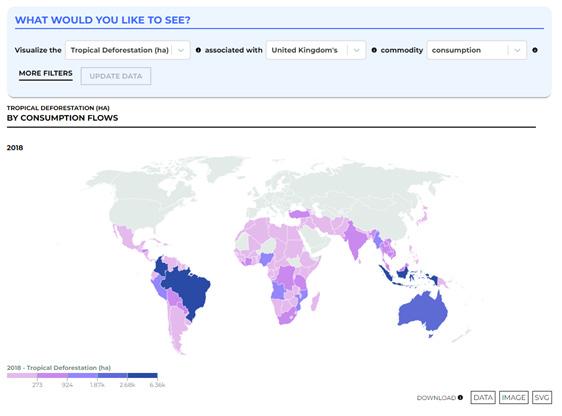
The tool’s development was in response to the 25 Year Environment Plan Outcome Indicator Framework’s call for calculation of the ‘Overseas environmental impacts of UK consumption of key commodities’ (Indicator K1). Sustainable consumption has also been highlighted as an important topic in negotiations on the development of the Post-2020 Global Biodiversity Framework, devolved government strategies, the National Food Strategy and the Dasgupta review.
Images: Globe in hand © AnnaC/Pixabay | Cow with calf © Scott Bauer, USDA ARS, Public Domain, via Wikimedia Commons | Deforestation © Amazonia Real from Manaus AM, Brasil, CC BY 2.0 <https://creativecommons.org/licenses/by/2.0>, via Wikimedia Commons

In addition to the globally relevant dashboard, UK estimates were also presented as a national experimental statistic. Results showed decreasing trends across the time series (2005-2018) for all impact types assessed. However, totals remain high, highlighting the need for significant further work to address unsustainable consumption. For example, total UK consumption of agricultural crops, cattle and timber was still responsible for deforestation of an area equivalent to 138 football pitches every day throughout 2018, an area twice the size of Cambridgeshire over the full time series. The commodities consumed in the UK that were associated with the largest deforestation areas were beef, palm oil and timber. Most of this deforestation occurred in Brazil, Indonesia and Australia. Much of the decrease in deforestation rates can be linked to a decrease in UK consumption of Brazilian beef (even though this was small in volume to start with, it was associated with significant impacts).
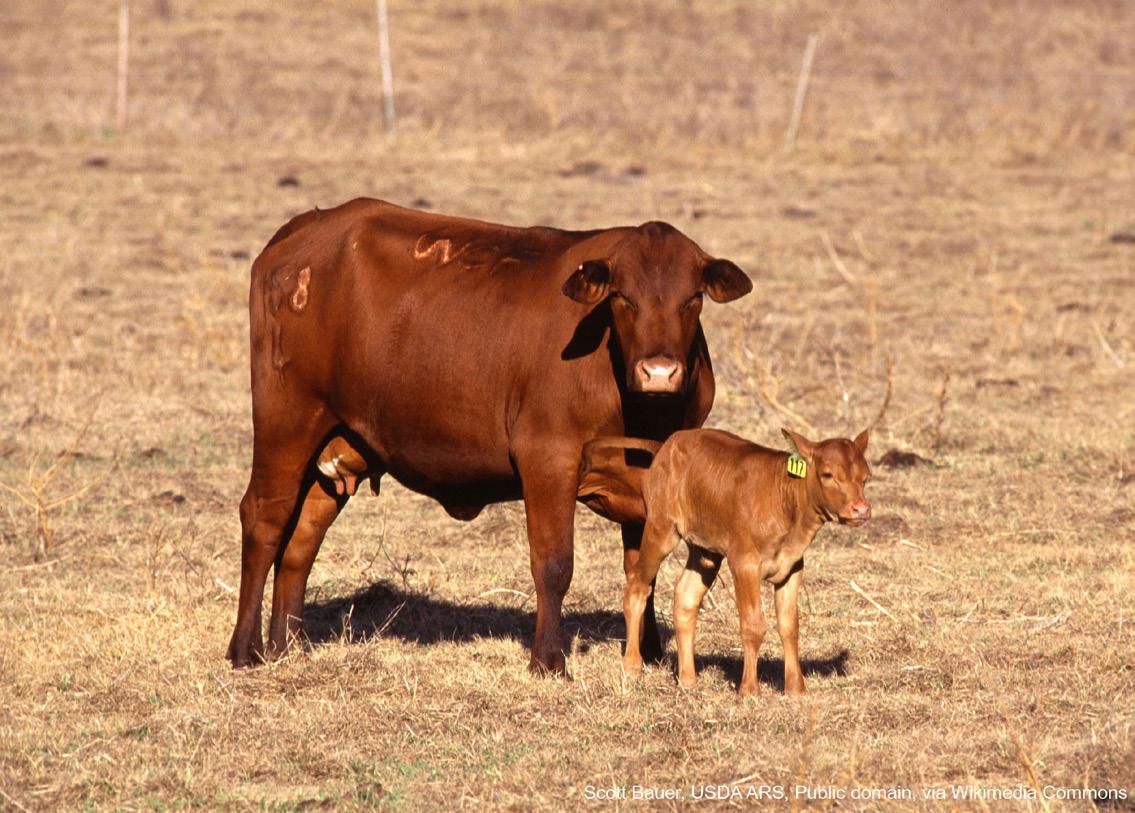
The statistic can be used to help track change over time and to ‘hotspot’ commodities and producer countries with the highest impacts related to UK (or other countries’) consumption. This will inform policies and delivery mechanisms in a range of areas and will help us identify where to focus action for supply and demand side measures.
In July an Expert Workshop on the monitoring framework for the Post-2020 Global Biodiversity Framework identified our indicator of the global environmental impacts of consumption as a potential headline indicator for COP15 (the 15th meeting of the Conference of the Parties to the UN Convention on Biological Diversity) to consider adopting. Being able to unpick the information provided by the tool is an exciting step towards improving the sustainability of our consumption.
Maddie Harris Ecosystem Analyst maddie.harris@jncc.gov.ukJNCC is partnering with the Centre for Mathematical Modelling (CMM) of the University of Chile to catalyse the use of Copernicus data in tackling environmental issues in Chile and Latin America.
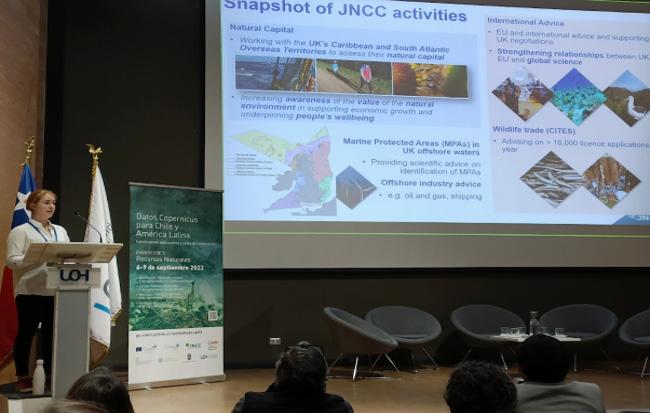
Supported by funding from the Caroline Herschel Framework Partnership Agreement, co-ordinated by the German Aerospace Centre, a series of workshops has presented world-class use cases, followed by interactive sessions identifying future collaborative opportunities, as well as requirements for future capacity building within the region.
In recent years there have been large increases in the amount of satellite-derived environmental data, notably through the European Space Agency’s Copernicus space programme. These data have great potential for improving the environmental considerations that are becoming increasingly important in decision support within a range of sectors. Evidence-based decision making helps ensure organisations can minimise their impacts on natural ecosystems, comply with environmental regulations, manage their operations in a manner that ensures secure supply chains, and help identify and reduce external impacts on societies and economies that are often located outside their direct operations (often termed externalities).
Whilst the Copernicus data are free at point of access, many considerations remain regarding the value and transaction costs associated with adopting this data. This may include: developing knowledge of the data and the accompanying services; improving the understanding of the value and limitations in different decision making contexts; identifying where and how cost savings and value for money can be derived from the use of remote sensing and earth observations; and defining how this newly available data can complement existing data processes and knowledge bases that are often long-established in institutions and organisations.
The first two workshops focusing on climate change and natural disasters management were taken online. The focus of the latest workshops, held in person, is the use of Copernicus data in natural resource management. Thematic sessions include mining, forestry, agriculture and water as a resource. The events helped connect key institutions within Chile to a wider user base across Latin America and Europe and were attended by hundreds of interested parties from across Latin America and beyond.

Held in Universities across Chile, each event reflected its locality’s particular resource management specialisms. University Catholica Norte in Antofagasta, the northern mining capital of Chile, welcomed experts in the use of Copernicus in extractive industries. University of Bio-Bio in Chillan, in the forested south of Chile, hosted the forestry event. University of O’Higgins located in Chile’s central agricultural heartland hosted the agriculture workshop. Our co-coordinators at the University of Chile’s Centre for Mathematical Modelling hosted the final event on water, in the highly drought conscious metropolitan area of Santiago.
The final events will focus on the role of earth observations (EO) in Natural Capital and Ecosystem Assessment (scheduled December 2022) and EO in Marine Ecosystems (scheduled early 2023). JNCC has been showcasing our world class expertise in the use of Copernicus data in supporting decision making and policy. We welcome colleagues to engage and we are particularly looking for UK marine use cases to present at our future event.
For more information visit https://jncc.gov.uk/our-work/copernicus-satellite-data-in-chile-and-latin-america
Matt Smith Biodiversity, Ecosystems & Natural Capital Manager matt.smith@jncc.gov.uk
Phil South UK OT & BIA Assistant phil.south@jncc.gov.uk
Thousands of government delegates and observers will finally meet in Montreal, Canada in December to conclude and adopt the post2020 Global Biodiversity Framework (GBF). The draft GBF sets out an ambitious plan to transform society’s relationship with biodiversity and ensure that by 2050 the shared vision of living in harmony with nature is fulfilled.
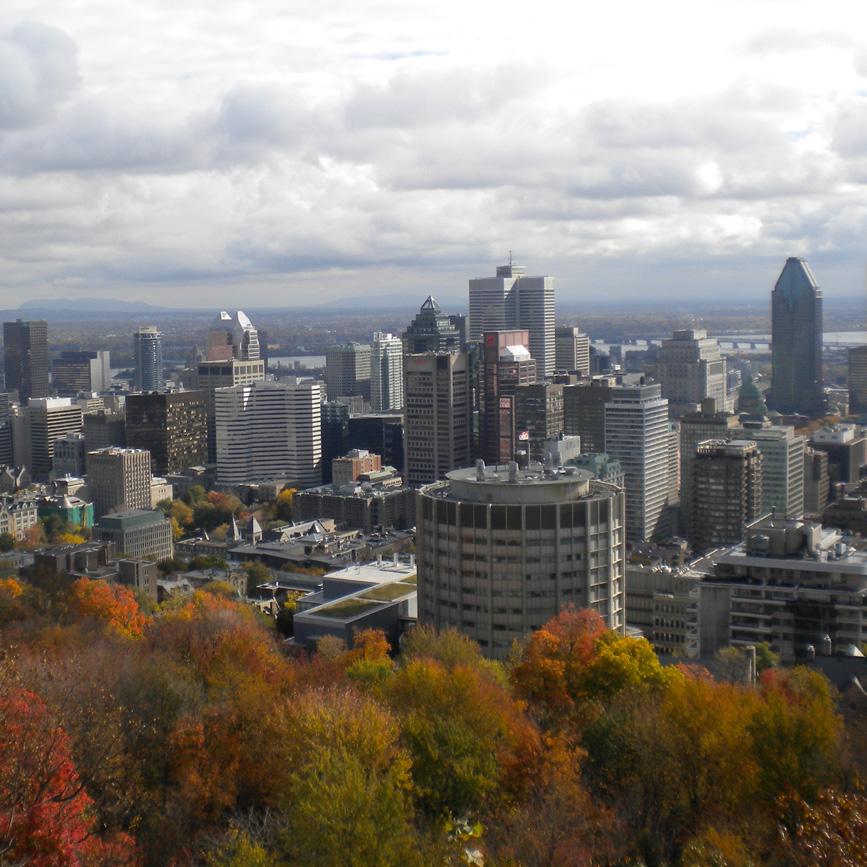
It has been a long journey to get here, with the Covid-19 pandemic delaying and restricting crucial in-person meetings. Covid-related disruption led to the 15th meeting of the Conference of the Parties to the Convention on Biological Diversity (COP15) being split into two parts: Part 1 took place virtually from Kunming, China (11-15 October 2021), and Part 2 will be held in Montreal (7-19 December 2022) under the presidency of China. As a sign of the significant amount of work still needed to finalise the text of the GBF, a fifth meeting of the Open-ended Working Group on the post-2020 GBF will be held in Montreal immediately before COP15 (3-5 December 2022). JNCC will play a key role in negotiations at both meetings as part of the Defra-led UK delegation.
Willow Outhwaite Senior International Biodiversity Adviser - International Advice TeamWillow.Outhwaite@jncc.gov.uk
Biodiversity is a critical component of our natural environment which we rely on for a wealth of services and provisions – from food and materials, to storm protection, to the enjoyment of a walk in nature. Species and habitat decline are more and more in the public eye, after years of being overlooked and despite being central to the twin crises of climate change and biodiversity loss.
JNCC has a history of providing evidence through the long-term monitoring and surveillance schemes conducted along with partners and Country Nature Conservation Bodies (CNCBs). Over the last 12 months we have been reviewing and renewing these schemes to continue monitoring the whole of the UK’s birds, bats, butterflies, bees – and other non-alliterative elements of the country’s biodiversity. These long-term datasets support decision-making, applying science to policy, and bring together diverse players to agree research and development objectives for the next five years. Our partners and the skilled volunteers who make up these programmes are critical to our knowledge of UK biodiversity

From the work of our partners and scheme participants, species trends and changes can be tracked stretching back decades. This data is used for valuable reporting for international multilateral environmental agreements, official UK statistics and biodiversity indicators or for informing management plans. Other schemes support monitoring habitat quality (an indicator under development) and our thinking about mechanisms for change in populations.
As we look towards nature recovery and building up policies to stop species decline by 2030, these schemes are a vital evidence base. To address this new policy focus, we are developing and innovating with our schemes through improved sampling, introducing new statistical models and technology, or simply supporting cross-scheme learning and development. The Terrestrial Evidence Partnership of Partnerships (UKTEPoP) and the Terrestrial Surveillance Development and Analysis (TSDA) are where this collaboration takes place, ensuring we get the most from our schemes – from producing publicly available data to cost-effective scheme management.
The data and reporting we get out of these schemes are a public good just as much as the habitats and species which they monitor. When we have strong, long-term data we can better show the links between the UK’s natural environment and our natural capital – the ecosystem services that benefit society and the economy. When we have strong engagement from our scheme volunteers, participants, and professionals we know we are connecting people to nature. That is why our partners and JNCC are committed to promoting participation in monitoring and science, particularly with respect to ensuring greater equality, diversity, and inclusion. Our projects aim to be exemplary in the field of citizen science and continue to encourage and expand volunteer participation in biodiversity monitoring. In this way we can harness people for nature, and nature for people.
Our partners are:
• Bat Conservation Trust (BCT)
• Botanical Society for Britain and Ireland (BSBI)
• British Trust for Ornithology (BTO)
• Butterfly Conservation (BC)
• Plantlife (PL)
• Royal Society for the Protection of Birds (RSPB)

• UK Centre for Ecology & Hydrology (UKCEH)
• Wildfowl and Wetlands Trust (WWT)
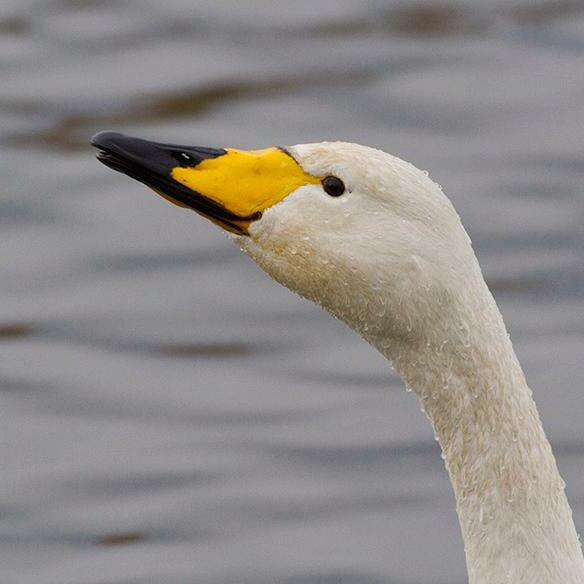
…along with CNCBs and devolved administrations:
• Natural England (NE)
• Northern Ireland Environment Agency (NIEA)
• Natural Resources Wales (NRW)
• NatureScot.
Our schemes are:
• Avian Demographics Scheme
• Breeding Birds Survey
• Goose and Swan Monitoring Programme
• National Bat Monitoring Programme
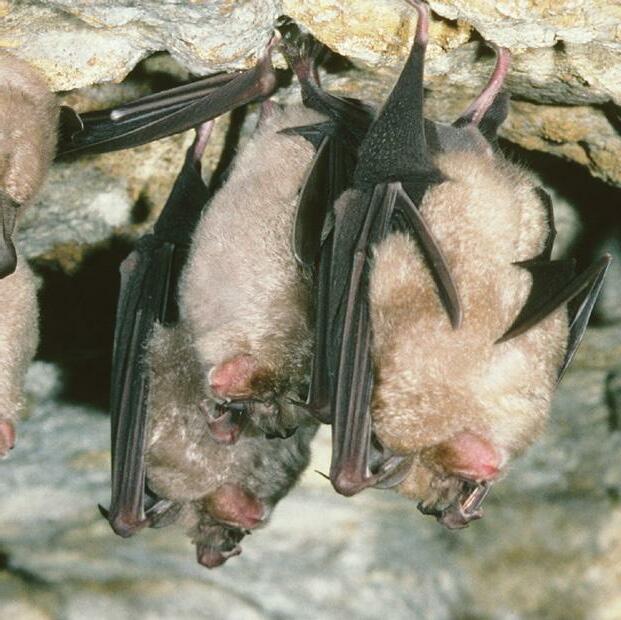
• National Plant Monitoring Scheme
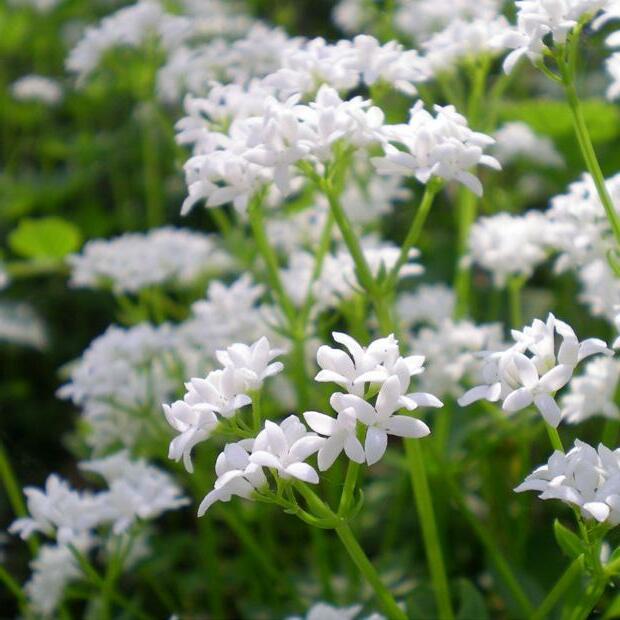
• Seabird Monitoring Programme
• UK Butterfly Monitoring Scheme
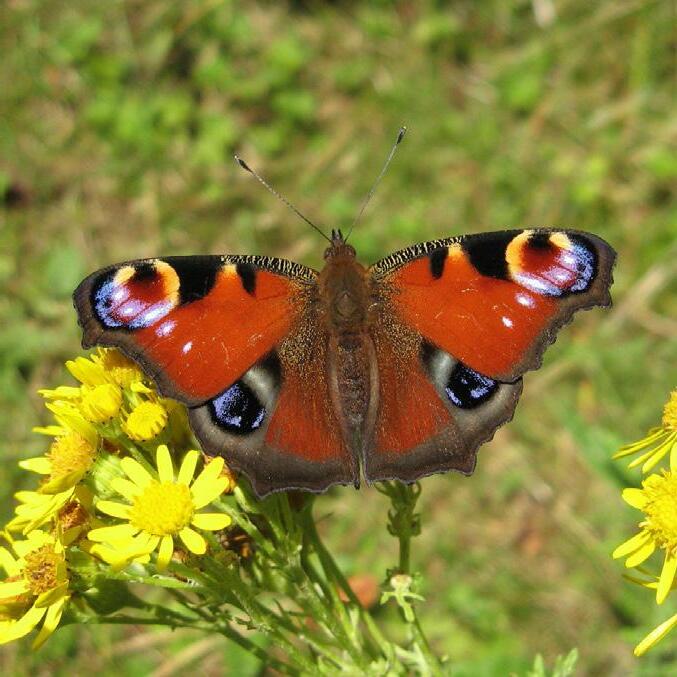
• Wetland Bird Survey.
For more information visit jncc.gov.uk/our-work/surveillance-schemes/
Caroline Coogan
Biodiversity Project Manager caroline.coogan@jncc.gov.uk
Images: Woodruff © Beth Newman/Plantlife |Peacock butterfly © Anna Robinson Kingfisher © Julian Dowse | Greater Horseshoe Bats © Mike Hammett/Natural England | Bewick's Swan © Majorie Baillie/Creative Commons License
JNCC acts as the secretariat for the Offshore Wind Strategic Monitoring and Research Forum (OWSMRF), a collaborative forum funded by a group of offshore wind developers. The forum aims to identify research ideas addressing consent risks for offshore wind developments by filling Knowledge Gaps (KGs) for key species. This work will help facilitate the sustainable expansion of offshore wind energy in UK waters at scales that are needed to meet the UK Government’s target of 50 Gigawatt offshore wind capacity by 2030, while maintaining high standards for biodiversity protection.
The Developer Group (DG) includes: EDF Renewables, Equinor, RWE, Ørsted, ScottishPower Renewables (SPR), Shell and SSE Renewables. The forum has involved a wide variety of stakeholders including Statutory Nature Conservation Bodies, non-government organisations and academic institutions, which have provided valuable insight and advice in identifying key evidence gaps and developing research to fill in gaps.
The Pilot Year (2019-2020) focused on black-legged kittiwake (Rissa tridactyla) and produced three reports that covered key areas of uncertainty: collision mortality, spatial overlap between at-sea distribution and offshore windfarms, and modelling population dynamics. Offshore wind developer Vattenfall subsequently funded work to explore the feasibility of a large-scale deployment of colour-ringing on kittiwakes (JNCC Report No. 684).



The Continuation phase (2021-2022) has so far focused on Manx shearwaters (Puffinus puffinus) and European storm-petrel (Hydrobates pelagicus). Interest in these species was established at a workshop with key stakeholders and based on the outcomes of recent offshore wind leasing rounds (Round 4, Floating Wind and ScotWind). The final report lays out a portfolio of 18 Research Opportunities aiming at improving evidence around population abundance, demographic rates and at-sea distribution, which will in turn help reduce consent risk of future projects.
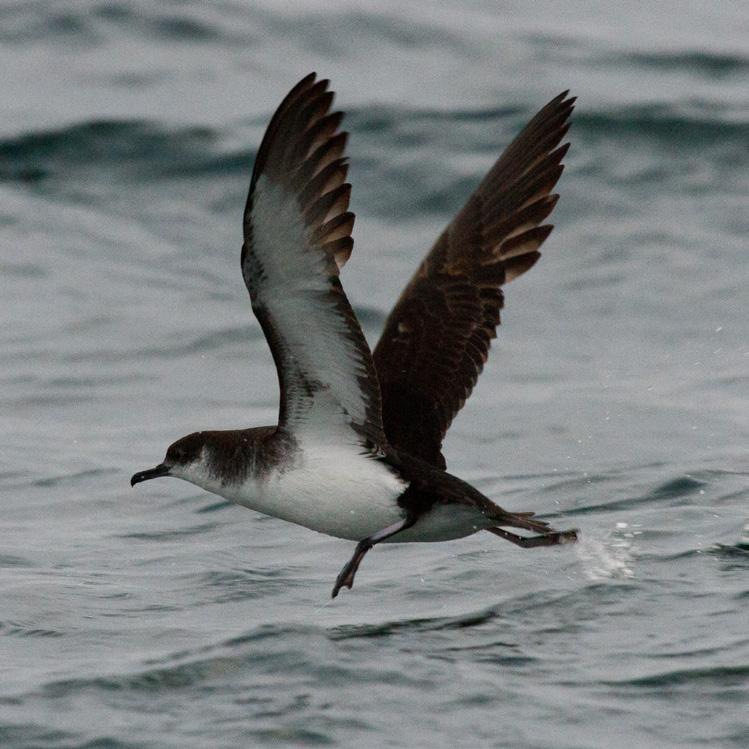
OWSMRF produced four reports, KG1, KG2, KG3 and KG4. Research ideas that emerged from the Pilot Year were summarised into a set of concept notes. Of the research identified, five priority projects have been developed into detailed scopes of work. Most research ideas identified for kittiwakes have already been taken forward by various delivery bodies and funders.
JNCC will continue to work with offshore wind strategic research programmes to promote priority research, and with the OWSMRF Developer Group to agree on areas for future work, until the conclusion of the Continuation phase in February 2023.
Lise Ruffino Senior Marine Ornithologist lise.ruffino@jncc.gov.ukMembers of the International Advice team and the Marine Management team have been working on a 13-month project jncc.gov.uk/TCI-conch to address the ongoing sustainability of the queen conch fishery in the Turks and Caicos Islands (TCI). Led by TCI governmental departments and JNCC, in partnership with the Marine Conservation Society (MCS), this EU-funded project aims to support programmes of work in relation to sustainably managing TCI’s queen conch fisheries and addressing the Convention on International Trade in Endangered Species of Wild Fauna and Flora (CITES) requirements for sustainable international trade in this CITES Appendix II listed species.
Queen conch (Strombus gigas) supports a fishery of economic and cultural importance to TCI, but is thought to be in decline. The queen conch fishery, which previously provided a reliable and plentiful food resource, is facing increased pressures from sustained fishing practices, driven by local demand and international markets. This project is urgently needed to better understand the status of the queen conch population in TCI and inform future management decisions by: completing new conch abundance surveys; assessing domestic and tourist consumption; capacity building within TCI government departments; and producing a CITES non-detriment finding (NDF) to determine sustainable trade levels. Ultimately, the aim is to secure livelihoods and maintain a steady source of income for TCI by safeguarding this valuable component of the marine environment.
In June 2022 Alison Littlewood and Becky Austin made their initial visit to TCI alongside technical expert Jimmy van Rijn, to meet with project partners and support training in, and initiation of, the underwater visual survey of queen conch abundance using two methods: towed video array and underwater drone. The next aspect of the project commenced in July 2022 with key stakeholder interviews, conducted by project partner Amdeep Sanghera (MCS), discussing the nature and extent of conch harvest for local consumption. Results from these interviews have informed the project’s domestic consumption survey which was launched in August 2022. This survey is currently targeting locals and tourists on TCI with a later focus on businesses selling conch for consumption.
Next steps will involve surveying businesses involved in queen conch exports and combining this with the gathered information from previous project activities to complete a CITES NDF (an assessment of sustainability) for the export of queen conch from TCI. This will be accompanied by the delivery of CITES training for TCI government and statutory agency staff and the provision of recommendations for the recovery of the queen conch fishery: ensuring future sustainability
This project is funded by EU RESEMBID (Resilience, Sustainable Energy and Marine Biodiversity).
Rebecca Sexton CITES Licensing Adviser rebecca.sexton@jncc.gov.ukImages: Queen conch © Shutterstock

Deploying the towed video array

JNCC is partnering with the Turks and Caicos Islands (TCI) Government and stakeholders from key sectors to support an economically, socially, and environmentally resilient post-Covid-19 recovery, through the development of opportunities and skills for sustainable livelihoods and long-term blue/green investment. This work supports the creation of a more diversified, sustainable and resilient economy in response to the significant impact of Covid-19 on the country’s tourism sector.
Project activities are underpinned by a socio-economic and environmental impacts survey, and a business attitude survey, to include the voices of local communities and businesses for understanding how to best meet their needs. By 2024 the project will:
• establish a locally led Community Hub to deliver skills' training and opportunities for building resilient livelihoods and green jobs;
• develop a natural capital investment plan for the TCI Government;
• explore the reinstatement of the TCI Conservation Fund.

This project is funded by the Caribbean Overseas Countries and Territories (OCTs) Resilience, Sustainable Energy and Marine Biodiversity Programme (RESEMBID), financed by the European Union and implemented by Expertise France.
Emma Irving International Biodiversity Officer emma.irving@jncc.gov.uk
This issue we focus on Cath Denholm, Chief Operating Officer at the Equality and Human Rights Commission and independent member of the Joint Committee. Prior to becoming an independent member of the Joint Committee, Cath represented NatureScot on the Joint Committee between April 2018 and March 2022, in her role as Deputy Chair of NatureScot.

I grew up in a farming community in north-east Fife. From my Dad I got an early interest in garden birds. I also loved the night that we set up watch at a badger set.
The fact that we are not doing enough to protect biodiversity. I live in a city and I see up close far too many paved, sterile gardens. It says to me that not enough people get what is going on and see how they can help.
I think I can contribute most to the organisation’s vision by helping to keep a real focus on making sure that the people of JNCC thrive in their roles, and by reminding us all to talk about our work in ways that people not steeped in ecological science (like me) can connect with.
Any remote, wild and windy Scottish island will do – but Fetlar in Shetland is a favourite. The first time we visited was a day trip on bikes. It was so misty we saw nothing, but on a whim booked a cottage on the island for two weeks the following summer. Fortunately the mist had cleared by then and it was very lovely!

I love an adventure and will go anywhere I’m invited. But I would like to experience standing in a proper desert.
QIf you could dine with any four guests who would they be?
You haven’t said if they need to be alive – so two of them are not. Eleanor Roosevelt, Nelson Mandela, Gemma Harper (because I think she’d get on great with those two) and my Dad.
Who is your human hero in the natural world?

A bit of a cliché, but it has to be David Attenborough. He caught the imagination of both my children for the natural world very early on.
My garden is small but stuffed with all kinds of different ‘plant zones’. That, and being a parent, keeps me busy. My son challenged me to climb Ben Nevis with him for my 50th and we’ve been keeping going with various mountains since.
Q If you could choose another job or career, what would it be?
It would definitely be outdoors - maybe gardening, or maybe rewilding.